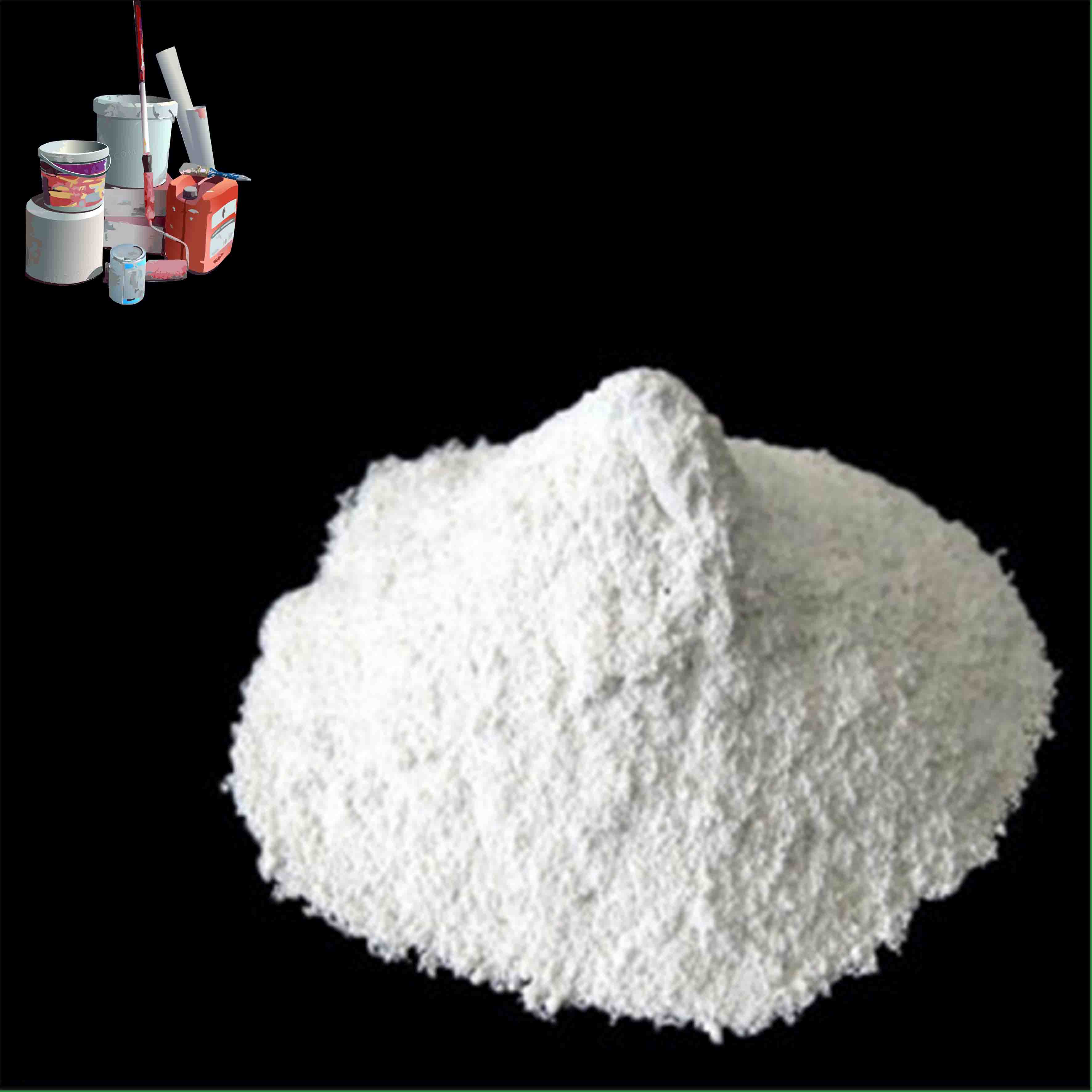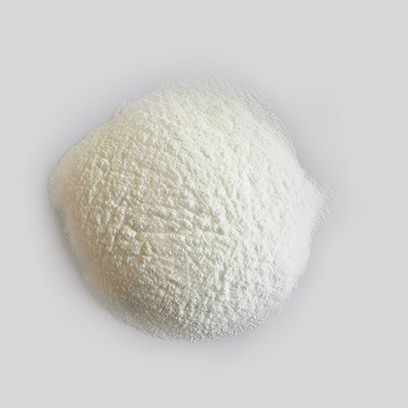
Oct . 20, 2025 10:50 Back to list
Titania TiO2 High-Purity Pigment | Brightness & UV Shielding
Rutile Brilliance in Real Production: Field Notes on titania tio2 R-5566
I’ve toured enough coatings and plastics facilities to know when a pigment “just works.” DongFang’s Free Sample TiO2 R-5566, made in Jindi Industrial Park, Dacheng County, Langfang City (Hebei), is one of those quietly reliable rutile grades with zirconia/alumina inorganic treatment plus an organic finish. Good dispersion, bright tone, and outdoor holdout—those were the first notes in my pad, to be honest.

Industry pulse
The market for titania tio2 is steady but nuanced: architectural coatings are normalizing post-boom, while plastics masterbatch demand—especially for packaging and profiles—keeps inching up. End users keep asking for higher whiteness with lower VOC dispersants, better weathering, and tighter batch-to-batch consistency. R-5566 slots into this conversation by balancing brightness and durability without being fussy in the mill.

How it’s made (short version)
Feedstocks typically start from ilmenite or rutile concentrates; regional producers mostly run sulfate routes, with chloride lines appearing here and there. After pigment formation, R-5566 receives ZrO2/Al2O3 inorganic coatings and an organic treatment to improve wet-in and dispersion. QC relies on ISO 787 series methods for pH, oil absorption, residue; tinting strength vs. standards per ISO/ASTM; gloss per ISO 2813; hiding power per ISO 6504-3. Weathering is often screened with QUV (ASTM G154) and salt spray (ASTM B117) in application labs.
Product specifications (typical)
| Parameter | Value (≈ / around) | Method / Note |
|---|---|---|
| Crystal type | Rutile | Surface-treated ZrO2/Al2O3 + organic |
| TiO2 content | ≥ 94% | ISO 591-1 pigment grade |
| Brightness L | ≈ 97–98 | CIELAB, internal method |
| Oil absorption | ≈ 18–22 g/100 g | ISO 787-5 |
| pH (aqueous) | 6.5–8.5 | ISO 787-9 |
| Residue 45 μm | ≤ 0.02% | ISO 787-7 |
| Specific gravity | ≈ 4.1 g/cm³ | Typical rutile range |
| Weatherability | High | QUV screening; ISO 16474-3 |
| Recommended service life | Outdoors 8–12 years | Formulation-dependent; real-world use may vary |

Where it shines
- Architectural and industrial coatings: quick dispersion, solid hiding, glossy finish; many customers say it reduces grind time.
- Plastics (PVC profiles, PP/PE masterbatch, BOPP film): stable tone, low yellowing, good UV holdout.
- Inks and paper: high brightness and smooth flow; watch viscosity windows, of course.
Compliance/certs typically include REACH and RoHS; plants often run ISO 9001/14001. You should ask for SDS and COA with every lot—good habit.
Vendor snapshot (real-world buyers compare like this)
| Item | DongFang R-5566 | Chemours Ti‑Pure R‑706 | Tronox CR‑828 |
|---|---|---|---|
| Whiteness/Gloss | High | Very high | High |
| Weatherability | High | Very high | High |
| Dispersion speed | Fast | Fast | Fast–medium |
| Price level | $$ | $$$ | $$ |
| Lead time (typ.) | Around 2–4 weeks | Around 3–6 weeks | Around 3–5 weeks |
| Certs/Docs | COA, SDS, REACH | COA, SDS, REACH | COA, SDS, REACH |
Note: performance and economics depend on formulation and region; your mileage may vary.
Customization and support
Packaging: 25 kg bags or big bags. Tone tuning is available (slight blue or neutral undertone). For plastics, I’ve seen customers request pre-dispersed concentrates. Application labs can benchmark against your drawdowns and provide ISO/ASTM test panels—ask for that.

Quick case notes
- Auto refinish shop: swapped in titania tio2 R-5566 for a mid-gloss white. Reported ≈3% less paste usage at equal hiding, with similar gloss at 60° (ISO 2813).
- PVC profile maker: used titania tio2 with UV package; QUV test to 1,000 h showed lower ΔE than legacy grade, suggesting longer outdoor holdout.
- Paper mill trial: slightly higher CIE whiteness; mill kept dosage constant and banked brightness improvement.
Bottom line? If you want a clean, durable rutile that behaves in the grind and doesn’t explode your budget, R-5566 deserves a test panel. Not perfect for every niche, sure, but it’s a steady hand—surprisingly forgiving in both alkyds and waterborne systems.
References
-
Essential Guide to Calcium Powder Quotes – Pricing, Quality & Global Insights
NewsNov.24,2025
-
Reliable Anatase TiO2 Pigment Quotes for Sustainable Industry Use | CQ Titanium Dioxide
NewsNov.24,2025
-
Understanding Lithopone B311 Powder Quotes – Market Insights & Applications
NewsNov.23,2025
-
Reliable 30-50nm TiO2 Powders Quotes for Advanced Industrial Use | CQTitanium
NewsNov.23,2025
-
Comprehensive Guide on Lithopone Red Pigments Quotes | Industry Insights & Pricing
NewsNov.22,2025
-
Comprehensive Insights into the Lithopone Market: Global Trends & Applications
NewsNov.22,2025
